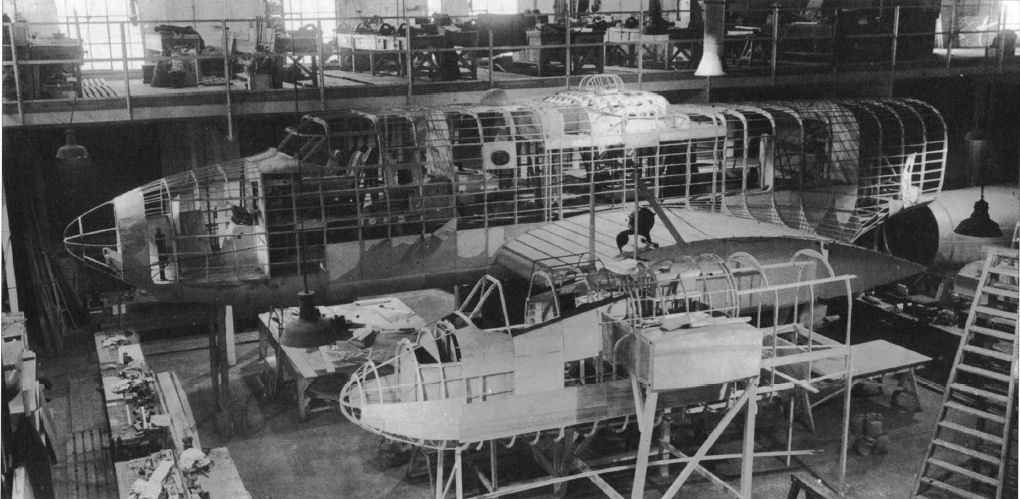Bristol Type 162 Light Bomber
In early 1939 Bristol suggested a bomber variant of the Beaufighter with their Hercules engines. British policy at the time was for medium-bombers to be provided from the US allowing Britain to concentrate on heavy-bombers. However, a design was requested preferably based on an existing design which meant working with the Beaufighter or Beaufort. Bristol worked on their design first as the Bristol Type 161 then the Type 162 Beaumont light bomber.
Air Ministry Requirement
Air Ministry specification B.7/40 called for a medium bomber to replace the Blenheim. The specification stipulated a speed of at least 300 mph at 5,000 ft; a normal load of 1,000 lb of bombs; with a centre turret armed with at least two 0.5 inch machine guns. Only one manufacturer (Armstrong Whitworth) tendered a full design but it did not meet with approval. So when Bristol brought their Type 162, to the Air Staff, a request to complete a mockup in 1940 resulted. This was expanded to include three prototypes in February 1941. The Type 162 Beaumont was based on the rear fuselage and tail of a Beaufighter, with a new centre and front fuselage. The armament was a mid-upper turret with four machine guns, four more firing forward and two firing to the rear.
Construction
Construction began in late 1940, with a new Air Ministry Specification B.2/41 to be written around it. Changes in the requirements, removing dive bombing and “direct army support” which incoming US bombers were expected to be capable of and increasing the performance to allow for the future, meant the Beaumont would no longer suffice. The changes in performance (requiring a bomb load of 4,000 lb, a speed of 360 mph and a range of 1,600 miles) meant a redesign by Bristol to use the Bristol Centaurus engine.
The Bristol redesign with a larger wing and the more powerful engines was the Type 163 Buckingham.


